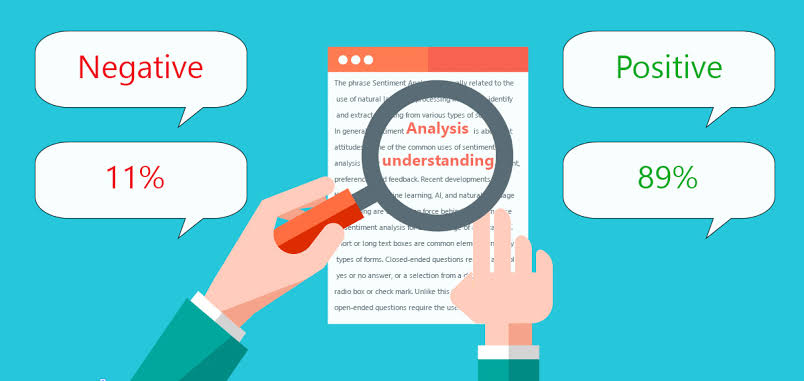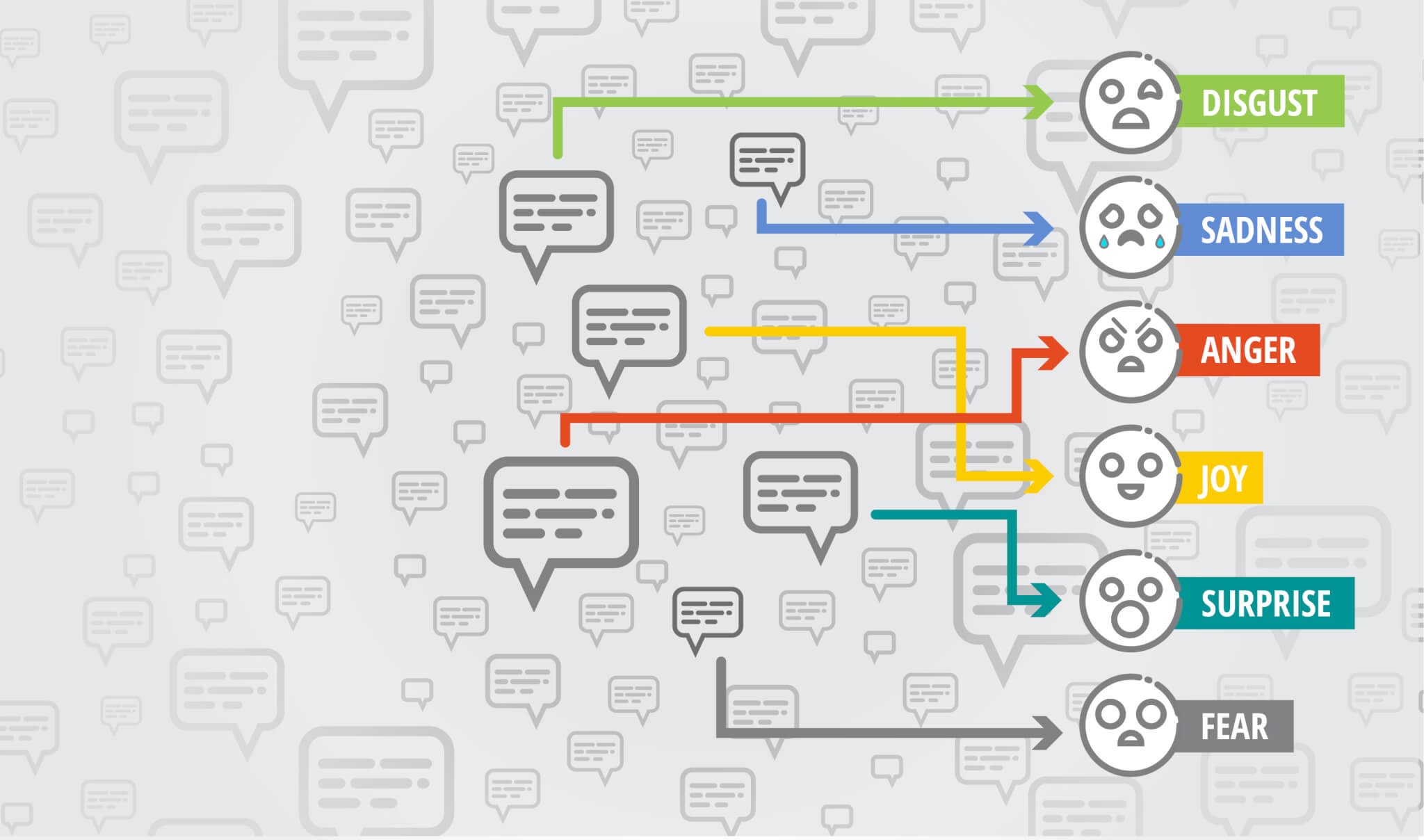Sentiment Analysis
As a Brand or E Commerce Company in Digital Economy , you are deluged with text data on every day basis - emails, blogs, news and the list goes on and with platforms such as Twitter, Facebook, Quora , Blogs etc. the issue only gets compounded. It is an estimate that in next few years, 80-90% of the data will be unstructured data and majority of it is going to be text data. Just few negative sentiments about a product, app, movie, or service on any of the social media platforms could prove detrimental to the success of the product and also to the reputation of the company. More and more companies have started to realize that it is mandatory to analyze text data and consider it as a must-have skill for any data professional including data scientist & business analyst.


Sentiment Analysis is a field in Machine Learning enabling computers to
understand natural (human) language (NLP) .Natural language is difficult to
handle especially when we have sarcasm, slang, different dialects, and
combination of positive and negative words in a sentence. Over the last
few years, Sentiment Analysis algorithms have taken great strides. They do
contextual mining of text which identifies and extracts subjective information
in source material, and helping a business to understand the social sentiment
of their brand, product or service while monitoring online conversation.
Typically, we quantify this sentiment with a positive or negative value, called
polarity. The overall sentiment is often inferred as positive, neutral or
negative from the sign of the polarity score. Polarity is float which lies
in the range of [-1, 1] where 1 means positive statement and -1 means a
negative statement. Subjective sentences generally refer to personal opinion,
emotion or judgment whereas objective refers to factual information.
Subjectivity is also a float which lies in the range of [0, 1]

